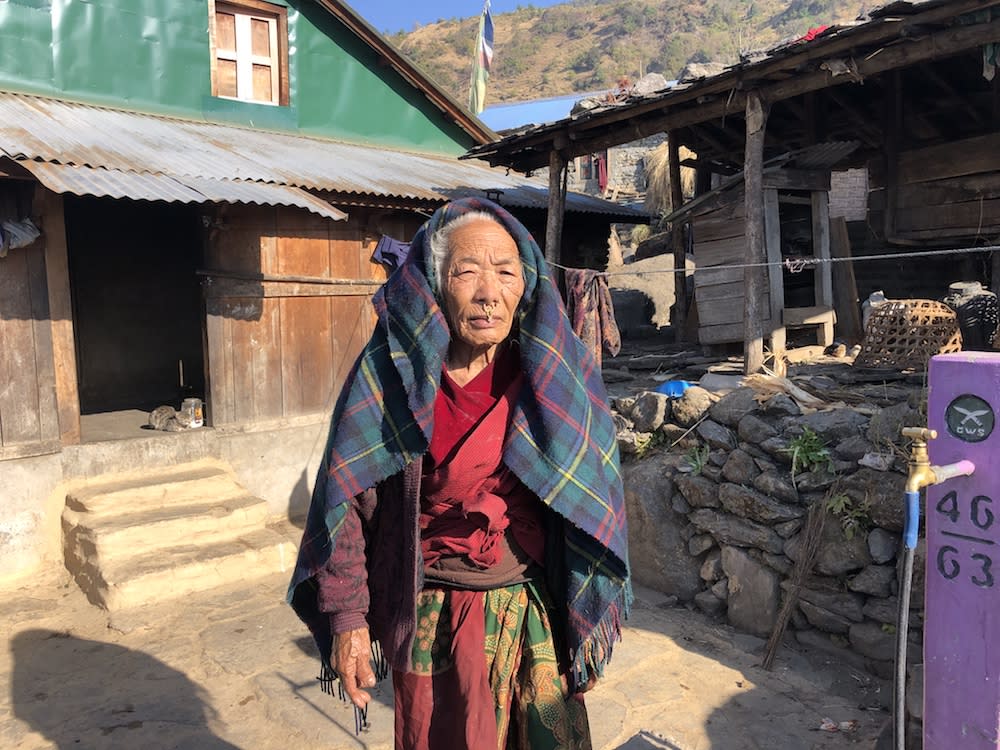A mindful traveler is always concerned about the dos and don'ts of a country they are visiting for the first time. What to expect from that culture and what is taboo is of utmost curiosity in their mind. Whether you are trekking in the mountains or going around in cities and towns, you do not need to worry too much as the Nepalese are gracious hosts and have been used to tourists for long enough not to be too offended if they make mistakes. We usually laugh it off.
The good news is that Nepal is amongst the most progressive countries in Asia for LGBTQ+ people. The Nepalese Constitution recognizes the rights of the LGBTQ+ community as fundamental rights, and has been moving in a positive direction since a 2007 Supreme Court decision requiring government to recognize a third gender category and audit its LGBTQ+ policies.

A number of laws introduced in 2015 incorporate security based on sexual orientation an gender identity, such as the right to display your preferred gender on identity cards; prohibition of discrimination on any grounds, including sex or sexual orientation by the State and private parties; and the right to access public services for all genders and sexual minorities. Same-sex marriage was discussed, but hasn’t moved forward and there is significant pressure to conform and marry a partner of the opposite sex.
Here are pointers to keep in mind for all travelers.
Greet anyone of all age, and at all times of the day with "Namaste," we will say Namaste back or at least give you a broad smile. Women in villages are not used to shaking hands, so join both palms and greet them with Namaste. There are a few versions of Namaste's meaning, and one of them is: I bow before you.
Take your shoes off when visiting a home, temple, monasteries, and cover up your legs and upper arms. Avoid smoking inside sacred institutions. Avoid touching offerings or holy objects. Ask for permission before taking photos; if possible, avoid using flash.
Always go clockwise when walking around religious monuments, keeping the monuments to your right side.
Use both hands, whether you are giving or receiving, as a gesture of respect, even if it is money.
It is good to bring a Polaroid camera if you plan on taking photos of people. I think it is fair that you give a Polaroid photo to the person after taking his or her picture with your smartphone or camera; that way, they have something to remember you by.
Do not point your finger at a person, especially at religious monuments; instead, use the flat back of your hand to indicate the person or a sacred object. Please do not use your foot to point anyone or anything; it is the ultimate show of disrespect.

Use your right hand if you need to use your fingers to eat, as the left hand is considered unclean.
If you are eating something delicious, and you want to share it or you have some food left over, do not offer it to a local. Food once eaten by someone else is considered impure.
It is common to see two guys holding hands, not as a couple but as they are good friends, whereas a man and woman holding hands or showing affection is frowned upon.
Remain calm and do not raise your voice or show anger. It is considered appalling manners, and it can only worsen matters.
If a child comes asking for a pen, money, a balloon, or even food, refrain from giving them. It all started with early travelers to Nepal with good intentions. They saw how little the children had here and gave them pencils, pens, bubble gums, etc. This has taught children to beg.
Do not bargain for room or food while on a trek; it is only a matter of pennies. To you, it is a game to see what you can get away with; to the lodge owners, it is their livelihood. Please respect that.
These practices are pretty similar in Bhutan, India, and Tibet as well.
Note: Do not buy antiques or/and products made from endangered animals; you can end up in jail.
Raj Tamang, founder of IGLTA member tour company Responsible Adventures, has been designing "outside the box" luxury trekking adventures in the Himalayas since 2007.